-
Windows
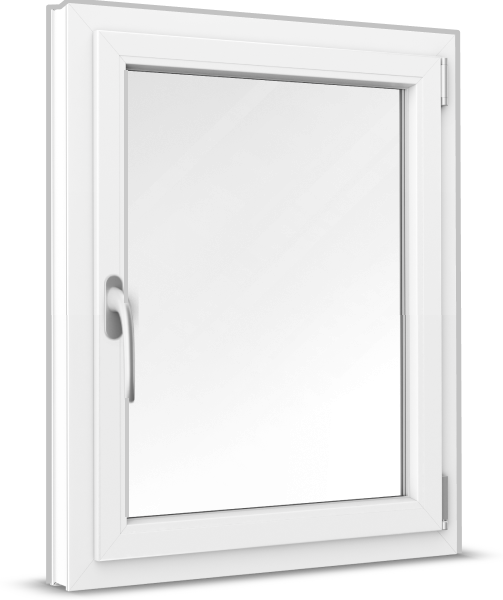 Windows
Windows
-
French Doors
 French Doors
French Doors
-
Patio Doors
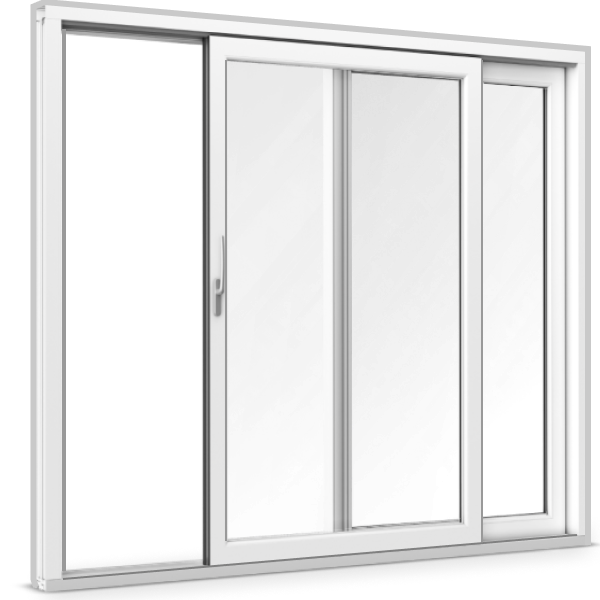 Patio Doors
Patio Doors
-
Front Doors
 Front Doors
Front Doors
-
Roller Shutters
 Roller Shutters
Roller Shutters
-
Window Sills
 Window Sills
Window Sills
-
Sign in
Contact us
Whether you are looking for enhanced safety, maximised storm protection, or improved security, toughened glass is an ideal solution. Professionally manufactured via precise processes, our toughened glazing provides increased strength and can be custom-designed to suit specific preferences. To find out more just read on, contact our team, or head to the configurator to browse the options and unite function and design today.
Configure nowToughened safety glass (TSG) is also known as tempered glass. It is a specific type of glass that has been precisely designed to achieve higher pressure resistance, strength, and to not break into sharp shards.
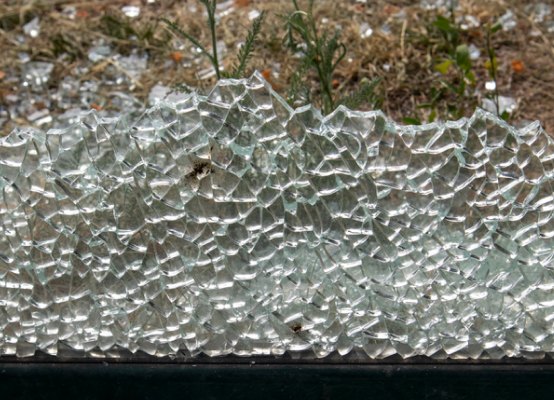
While standard float glass is produced by heating silicone sheets and floating them in an acidic pool, TSG is made via a unique process called tempering. Here glass panes are quickly heated to a very hot 600°C before they are rapidly cooled in a chamber. This heating and cooling is repeated based on the glass' thickness.
This process makes the glass stronger. The panes also have a particularly high deflection. This means that the glass is more flexible and will be able to curve further without breaking, making it more pressure resistant and so ideal when it comes to break-in or high wind protection.
If the glass panel does break though under high force, it remains very safe; the tempering ensures that panes will only break into small blunt pieces rather than into sharp shards.
At windows24.com we pride ourselves on providing custom product solutions that best suit different customer needs and preferences. Glass is no exception here. In our user-friendly online configurator, we therefore offer 4mm-thick TSG for just the outer pane, or for both the inner and outer panes.
While TSG for just the outer glass pane may be all that is required and is a little cheaper, for example, safety protection on both the inside and outside of the window or door can provide enhanced protection for people inside and be ideal for customers installing kitchen or bathroom windows where this is often prerequisite (such as is in the UK).


Beyond adjusting the level of protection, as with all our glazing options, the glass' thermal insulation can also be adapted to suit requirements.
TSG can come as double or triple glazing, for example, and this choice can also be selected in our configurator.
While double glazing features two glass panes and provides sufficient, good insulation, triple glazing boasts enhanced energy efficiency.
Featuring three glass panes with the spaces between them filled with inert argon gas, our triple glazing best reduces energy lost via conduction, for instance, helping to lower energy bills and keep interiors at a stable interior temperature year-round.
Our toughened glass is versatile and can come fitted into our windows, French doors, and patio doors alike to make their panels safer and better protected. In terms of installation location, products with TSG are:
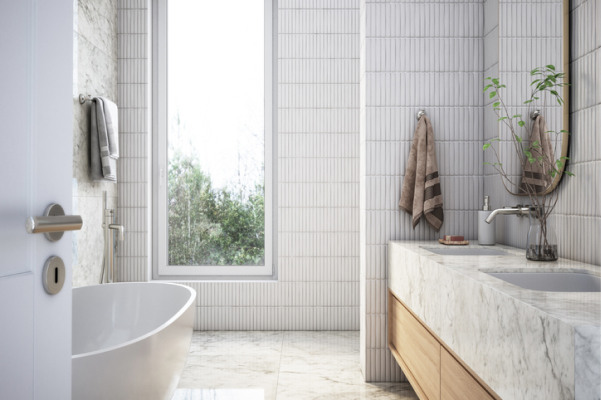
At windows24.com choosing a strong glass to enhance the practical performance of your new window or door, does not mean having to compromise on beautiful design. As with our standard glass, a range of ornamental finishes are available for the glazing’s surface, for example. Depending on the product’s type and material, the range includes a textured Master-Carré® finish, a characterful Cathedral Small surface, or frosted options like Satinato, among others. Not only do these glass options add charm and interest to the window or door’s surface, they can also act as privacy screens by restricting what passers-by can see without compromising on entry of light.



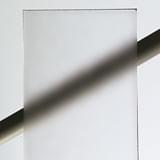

Beyond decorative finishes, at windows24.com further options are also available to tailor glass design to your taste. When it comes to our windows and French doors, for instance, additional glazed panels like an upper fanlight can be selected in the configurator.
These extra glass elements also come with TSG if this has been selected for the product. They also add character and bring in extra light to make interiors feel more spacious and welcoming.
In addition to fanlights, multiple glass sashes can also be selected to allow for particularly generous, made-to-measure dimensions, and various glazing bars in a matching colour can be added to the glass as desired.
TSG and LSG are both types of purpose-designed safety glass. While TSG stands for “toughened/tempered safety glass”, LSG is an abbreviation for “laminated safety glass”. TSG is produced via a heating and cooling tempering process. This creates glass with a better pressure deflection and which won’t shatter into sharp shards. In terms of laminated glass, this is instead manufactured by adding PVB polymer foil interlayers between panes. This increases the thickness and resistance of the glass and means that if it is broken under high force, the glass won’t shatter out but will rather be held on the intact foil beneath.
Because products from windows24.com are bespoke and can be tailored in multiple ways to suit different customers, prices will differ depending on exact selections made. To view the price of your desired product, just head to the configurator, where you will notice that the cost changes as items and options are selected, changed, or removed. In general, a basic uPVC window with regular glass in its most basic configuration will be cheaper, for example, than an aluminium patio door equipped with stronger glass, a decorative surface finish, and additional features. If you still have questions, please contact our expert team for further advice.
Tempered and laminated glass are compatible with all our different frame materials, uPVC, aluminium, uPVC-alu, wood-alu, and wood. No one option is necessarily better than another and will rather come down to the desired purpose for the product. For customers looking to achieve maximum insulation and keep costs low, uPVC is often recommended, for example, whereas for maximum security and durability aluminium is then a clear leader.